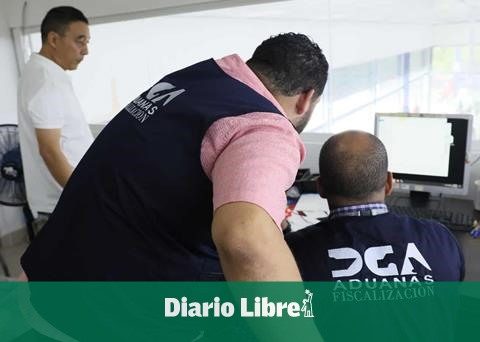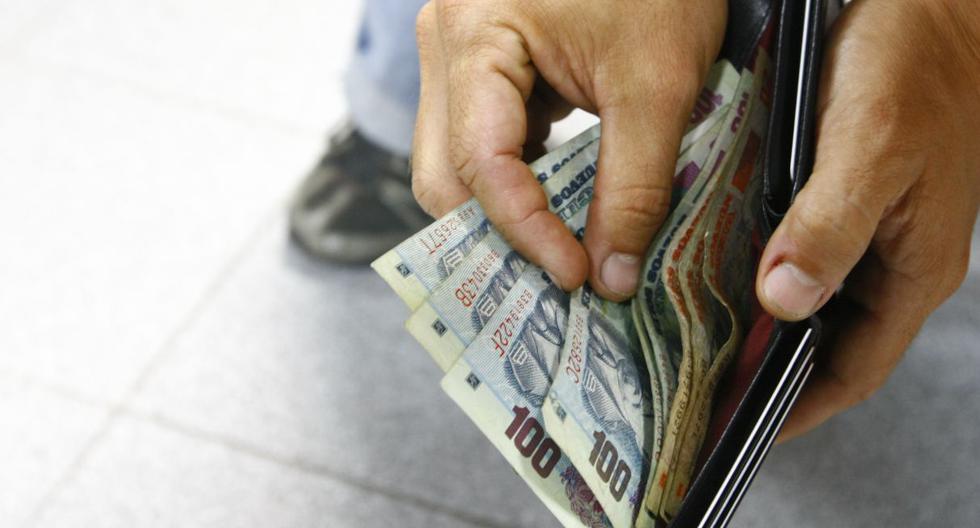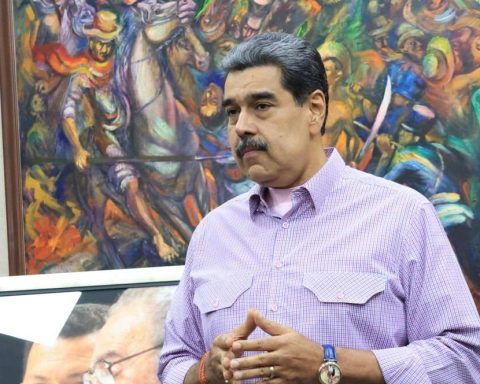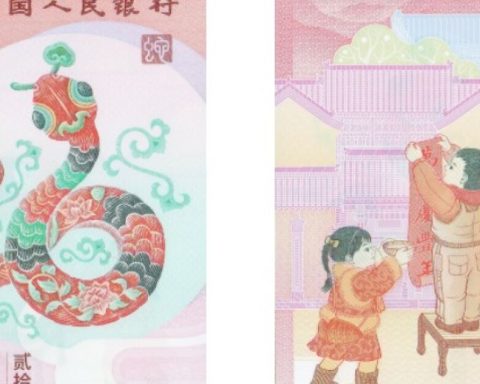Economists call it money illusion. Sometimes we get carried away by the money we have saved and believe we are richer, or less poor, than we really are. We fail to realize that the value of that money depends on what we can buy with it, which is why we should take into account changes in the price level of goods and services.
It aroused a notable stir that in a month the balances of the Pension funds administered by the AFP, have decreased due to the appreciation of the peso against the dollar. As far as economic logic is concerned, I wish they had decreased even more for that reason.
That point of view stems from the fact that currently three-quarters of Pension funds are invested in pesos. This means that when the peso appreciates, the dollar equivalent of that 75% increases, but when the opposite happens and the peso depreciates, its value in dollars decreases. In both cases, the remaining 25% that is invested in dollars remains the same.
The illusion arises because the total balance of the fund must be reported converted into pesos at the prevailing exchange rate, which implies that in the months when the peso depreciates, the 75% drop in dollar value is not put into effect. evidence, and only the increase in the value of 25% that is in dollars is revealed. The amount in pesos of the fund increases, and we are all happy without realizing that 75% of the money has been affected by depreciation. We would have noticed if the balance had been reported in dollars and not in pesos.
When the opposite happens and the dollar appreciates, the report of the balances in pesos hides the profit in dollars that 75% of the fund has had, and only reveals that the value in pesos of 25% has gone down. If it had been expressed in dollars, we would have realized the profit that we obtained in 75% of the accumulated money. And obviously, 75% weigh more than 25%.

















